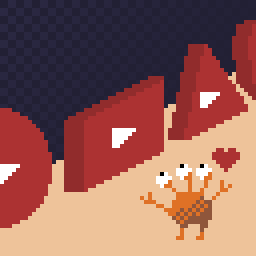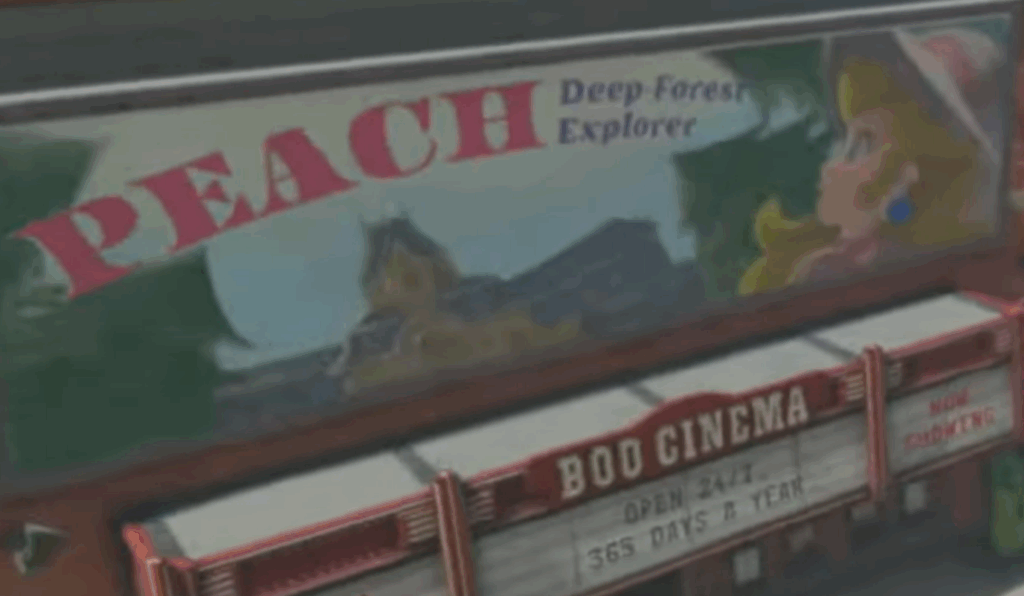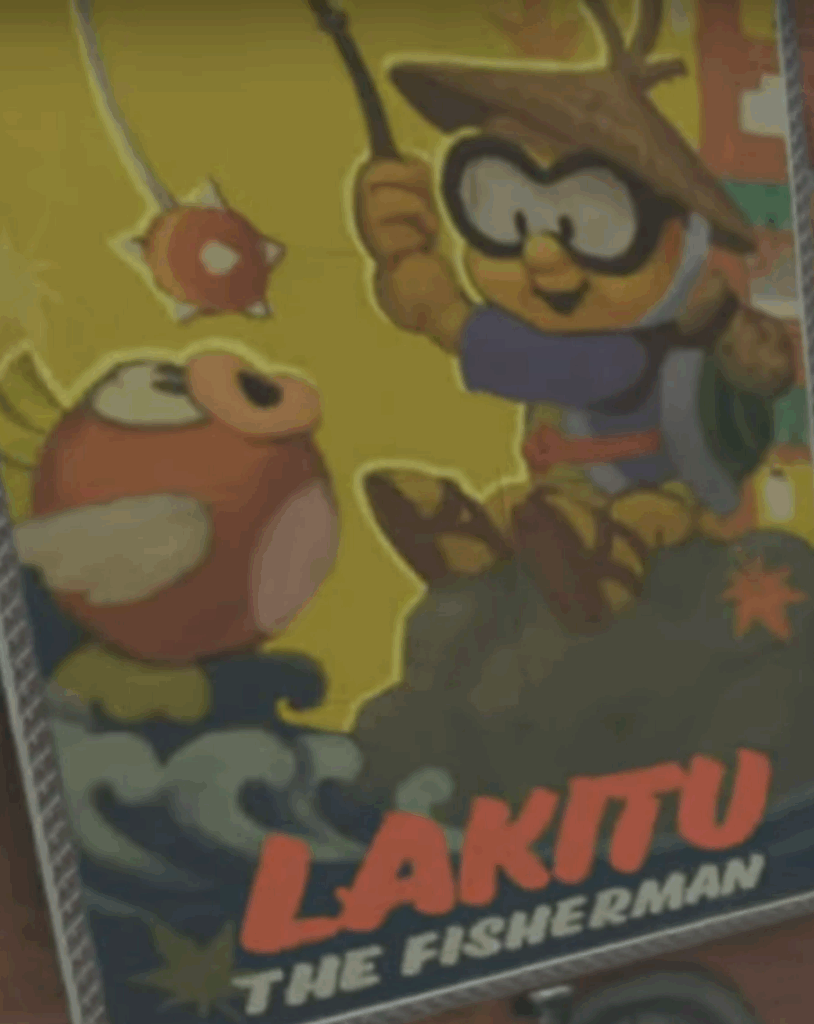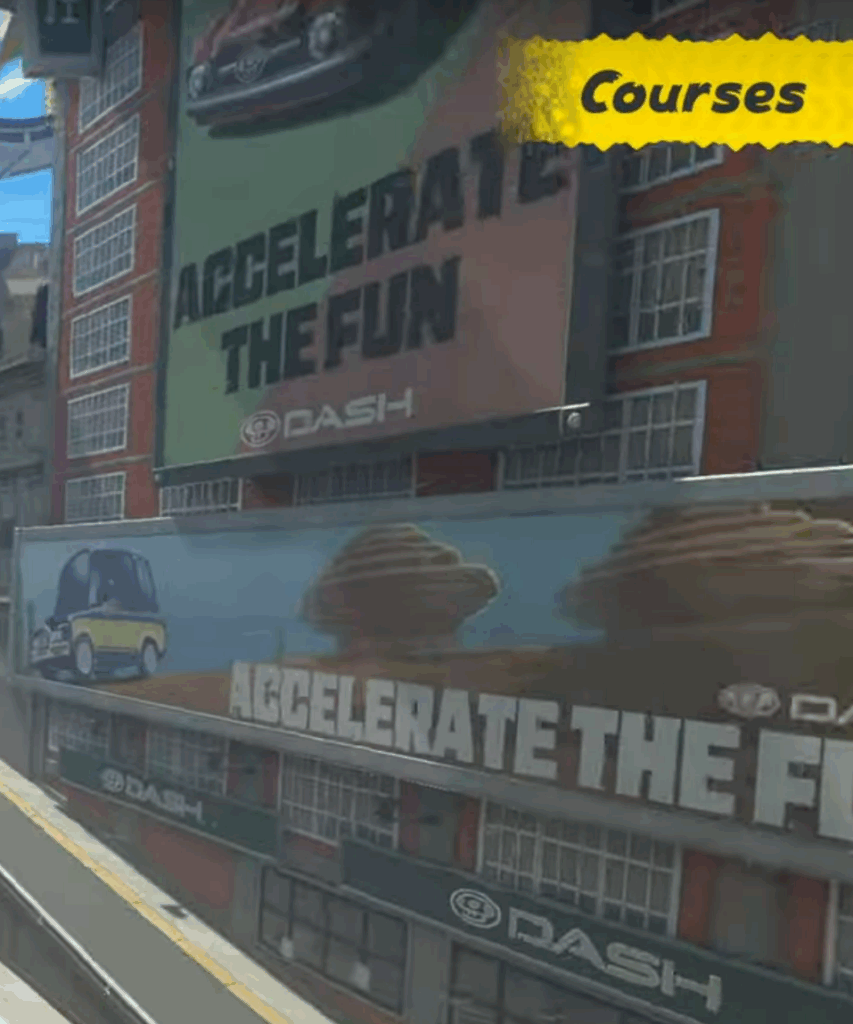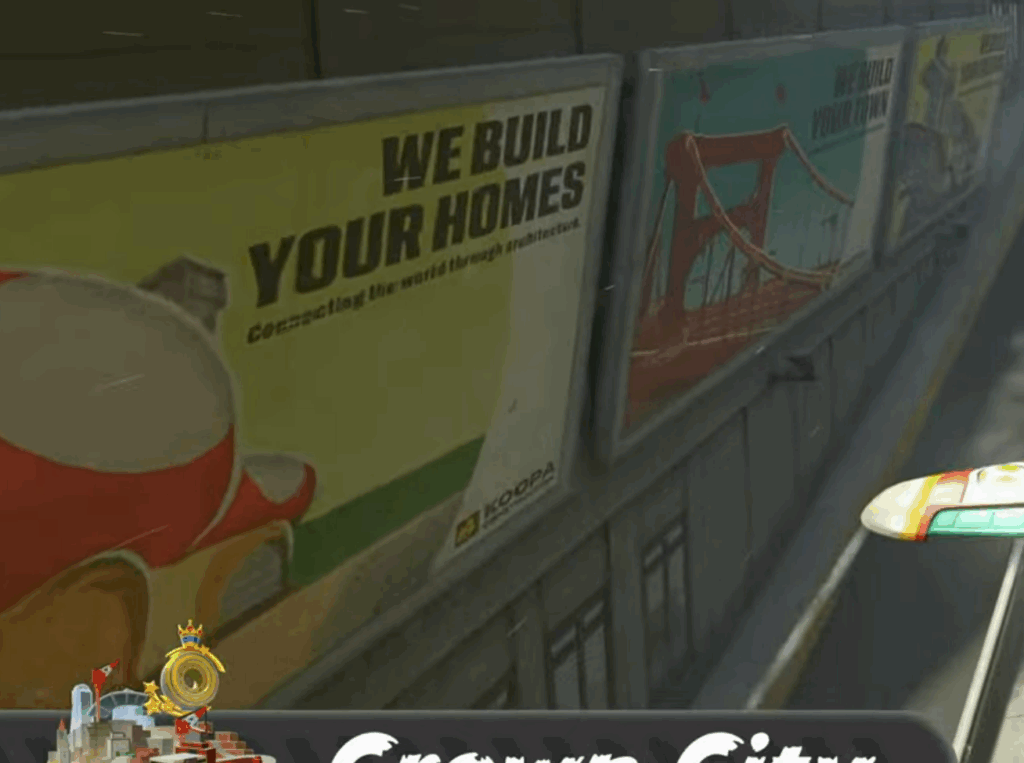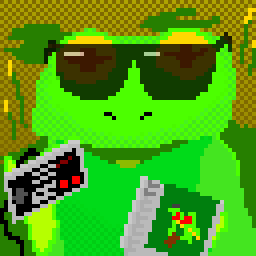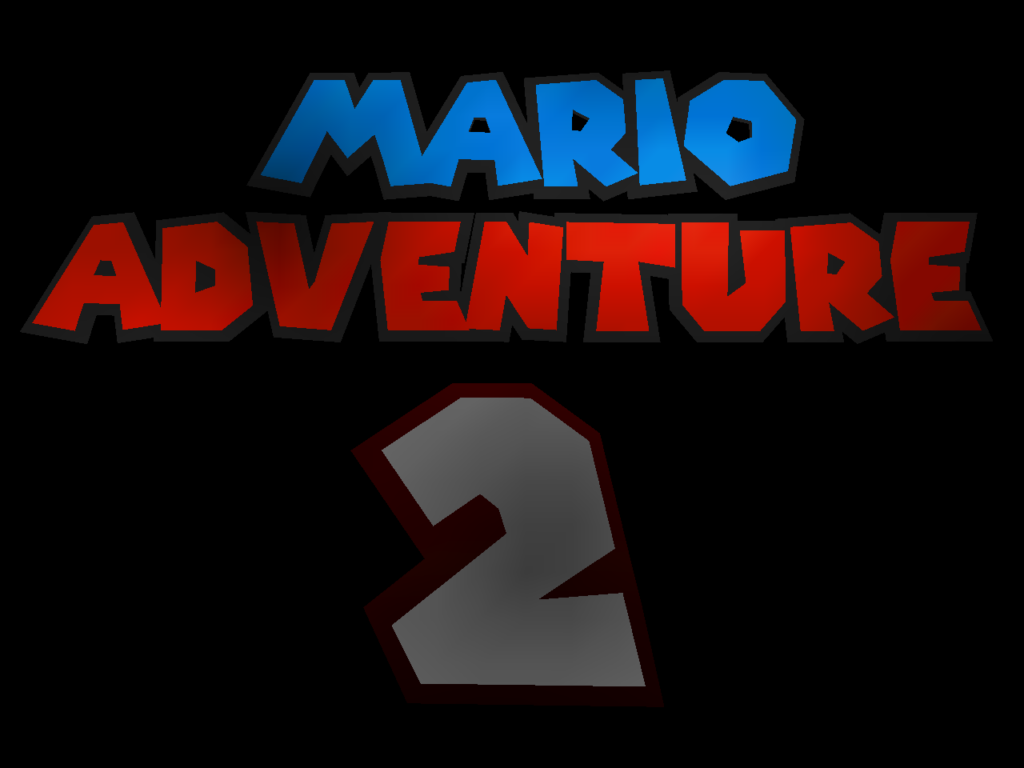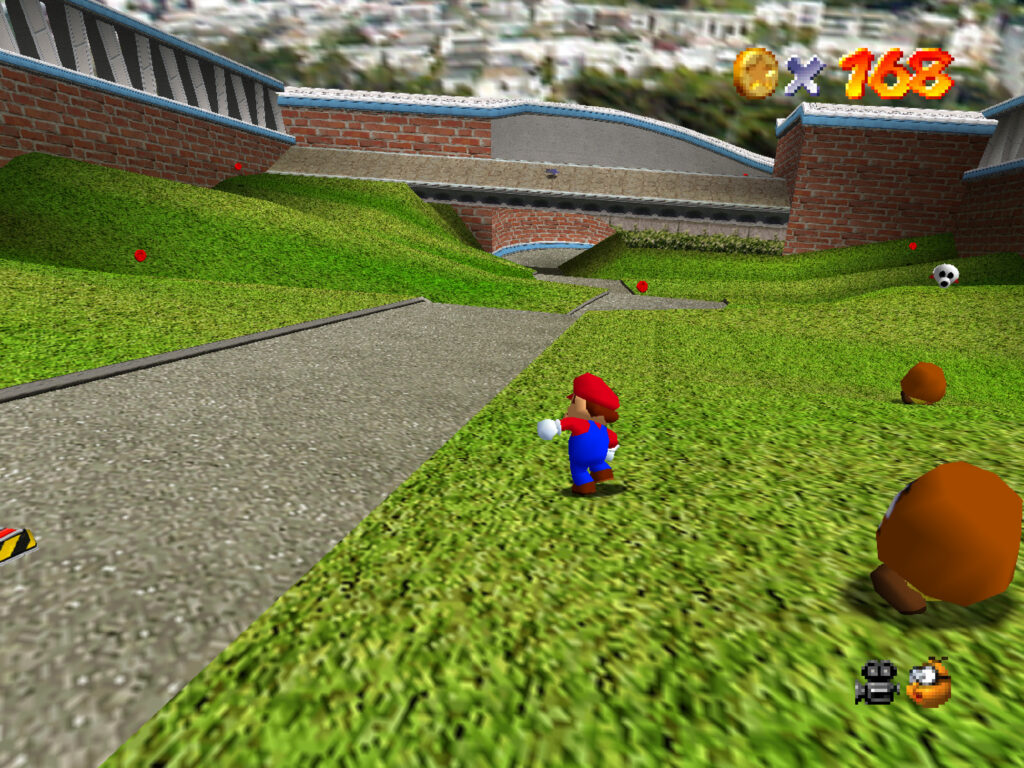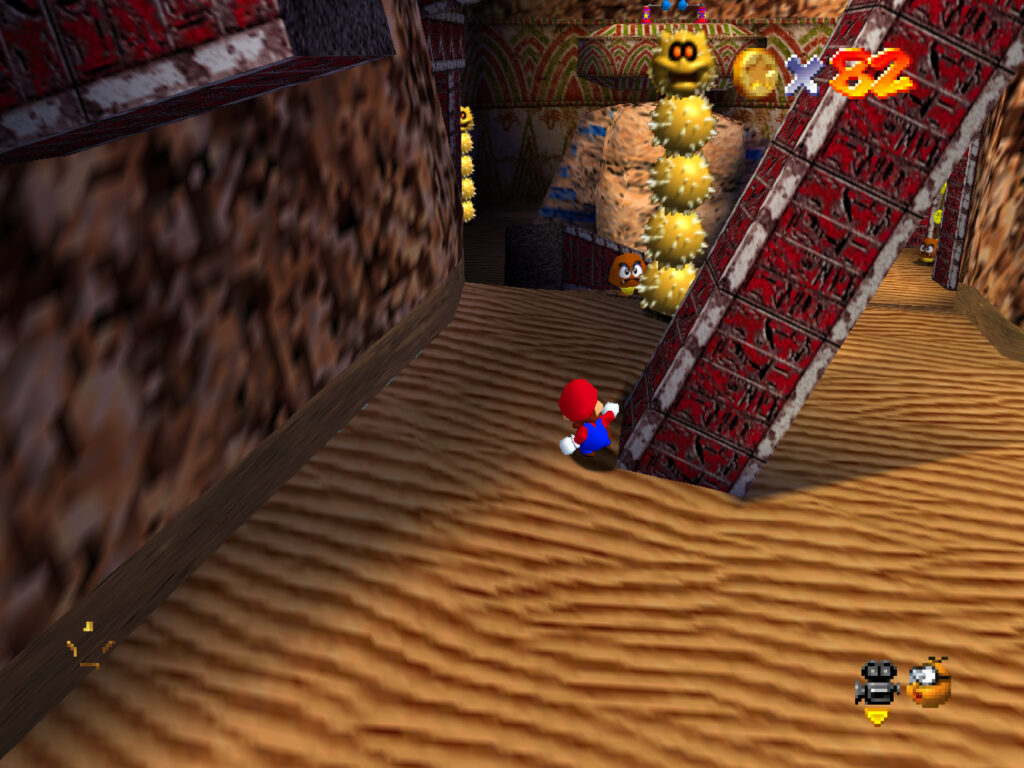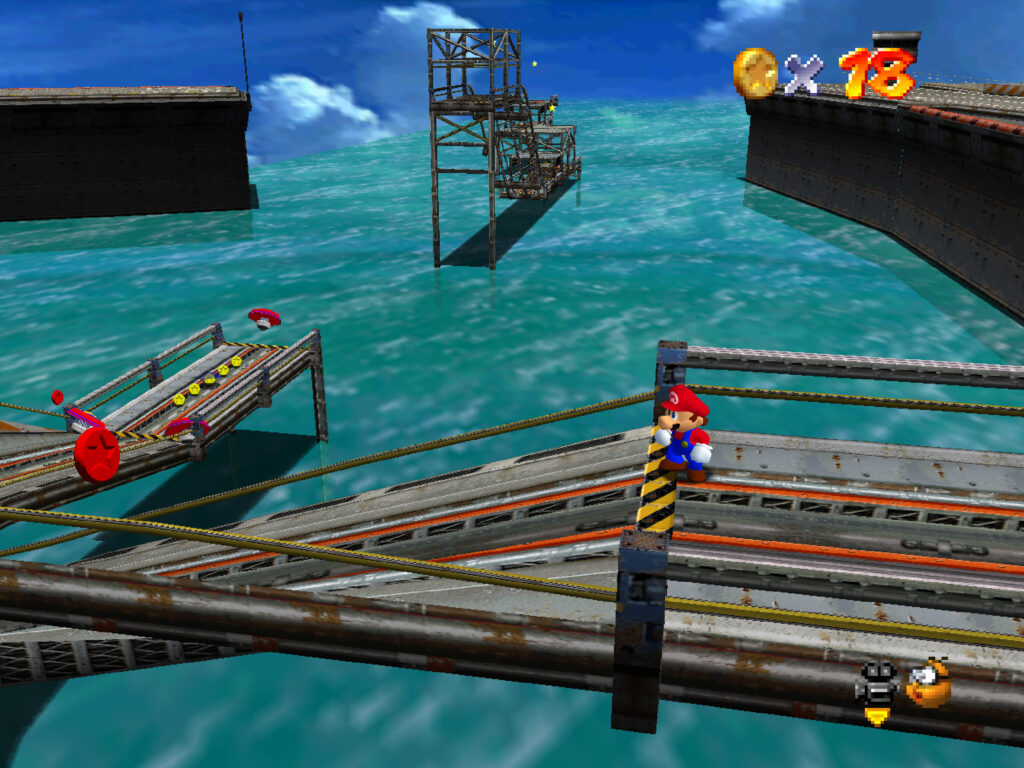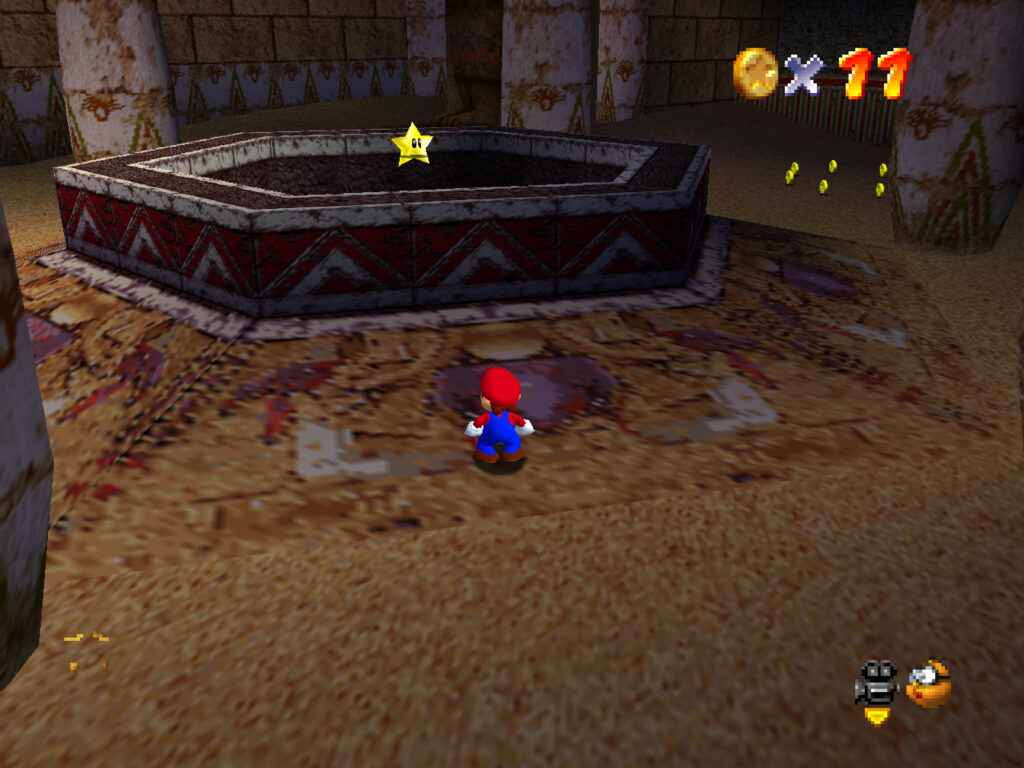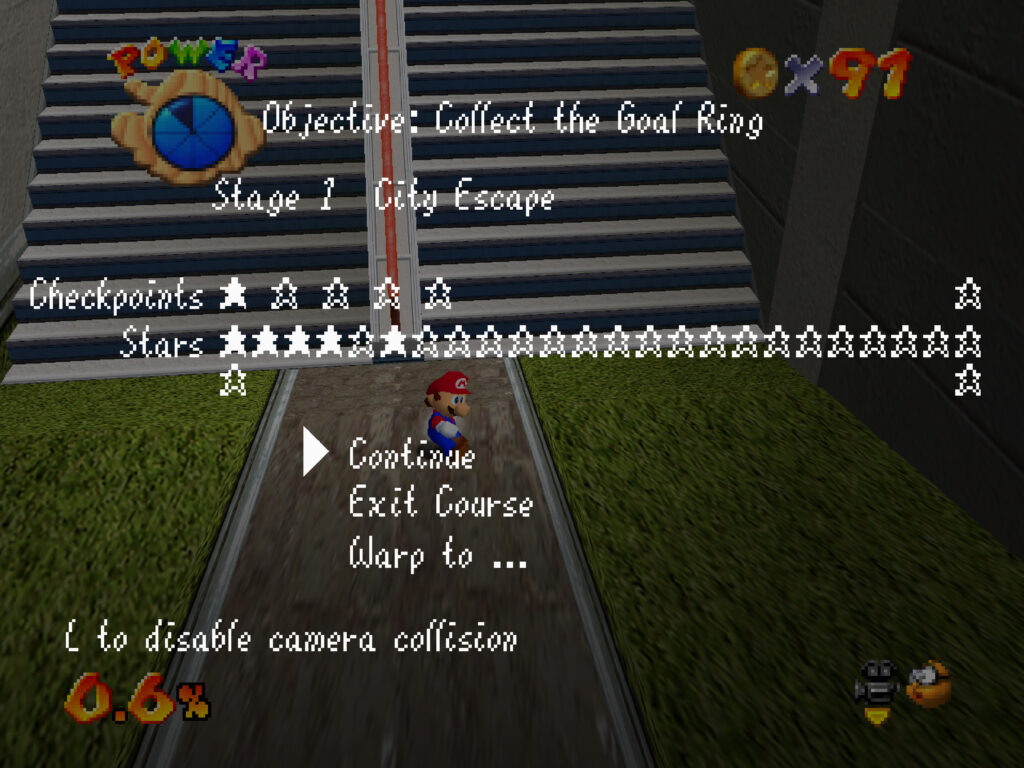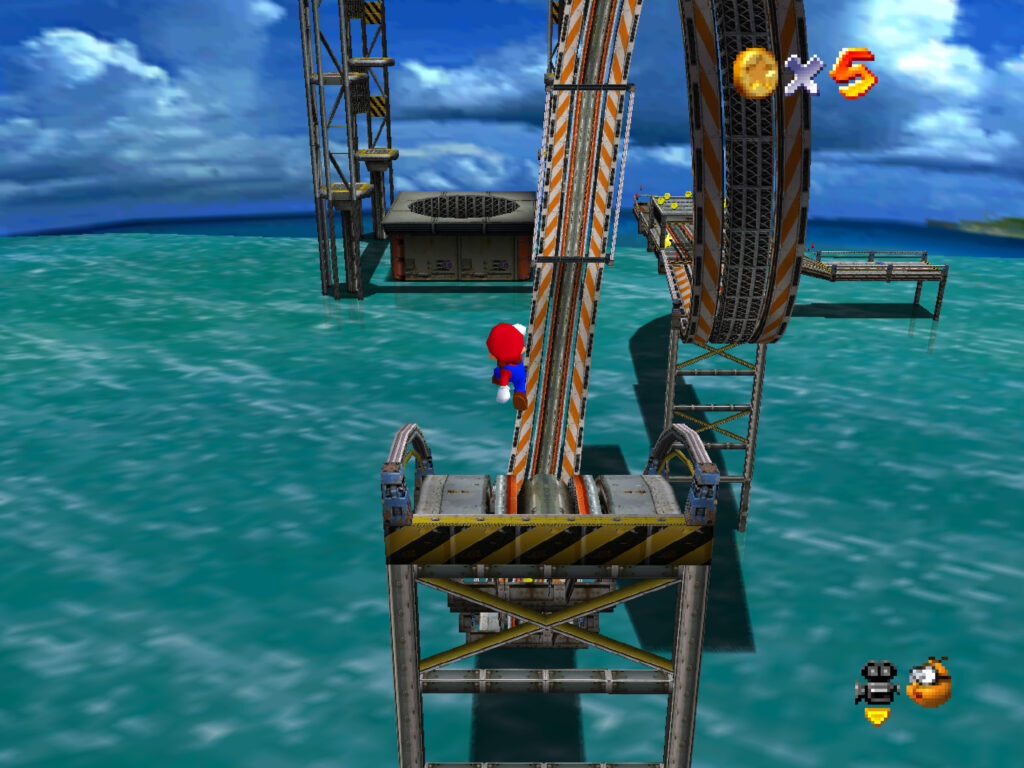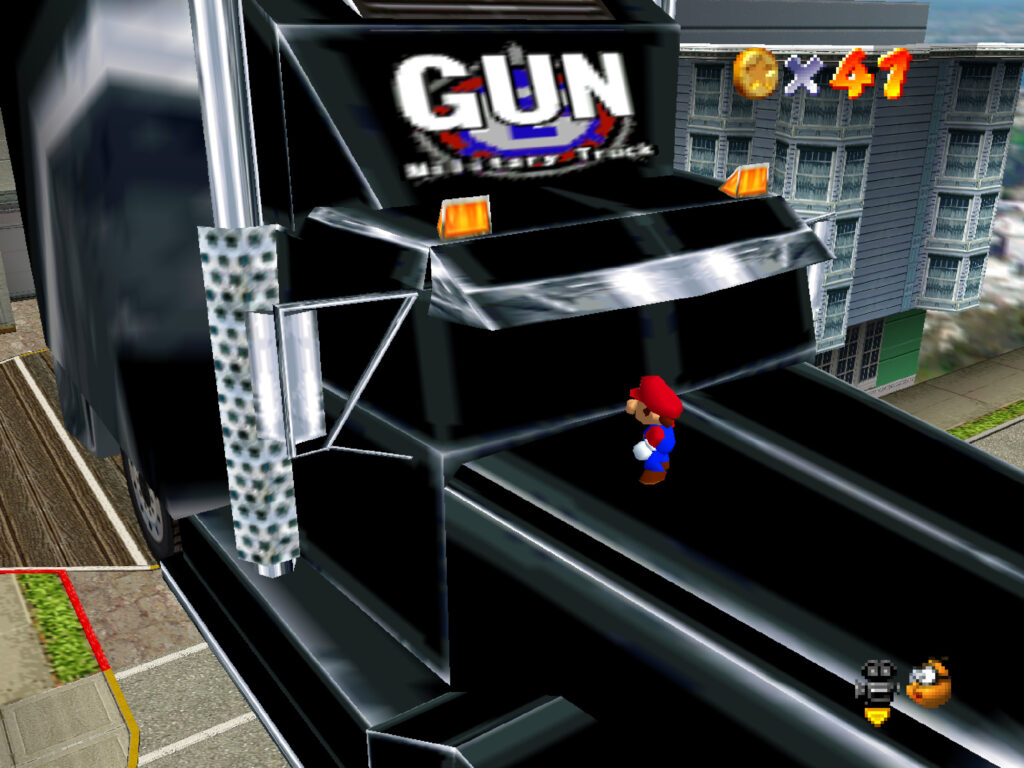I’ve heard it said that there are several different varieties of Nintendo Directs. There the Major Announcement type (Switch 2!), the Bunch of Games type (Indie World!), the Franchise Update type (what’s Pikachu up to next?) and then there’s the type that introduces an individual game. (Breath of the Wild!) This video is of that last kind, but the game it announces is not the usual kind of thing.
Masahiro Sakurai is an odd duck. Famously the creator of both Kirby and Super Smash Bros., the last game he made as an employee of HAL Laboratory and/or Nintendo was Kirby Air Ride, or KAR. We’ve posted about KAR four times before: in general, the effects of its vehicle stat patches, the online competitive KAR scene and Sakurai’s own commentary about it. This time makes five, and it’s safe to say it won’t be the last.
Why did he leave? I can’t say with any accuracy, I have no sources at Nintendo, but I do sometimes remember little things I’ve read, which may or may not be true. One of those things was that he had left under a cloud due to the perceived failure of Kirby Air Ride, which had a long and troubled development process, starting on N64 then moving to Gamecube, and not having a lot of traditional content compared to its sibling Mario Kart. But this could be false: I believe he’s said publicly it had to do with not wanting to make the same kind of game over and over. So now, let’s set this thread down, and come back to it in a few paragraphs.
Sakurai worked as an independent game designer for a while, enviable work if you can get it, and are as good at it as he is. The first game he made out of the gate was early Nintendo DS hit Meteos, a fine game that everyone should play, if they can find it now.
Meteos was an action-puzzle game that did genuinely new things in that genre, and was really good, a tricky combination. He then founded his own company Sora Ltd., which has maintained close ties with Nintendo: every game they’ve made since has been published by Nintendo. One of those was Kid Icarus: Uprising, another fondly-remembered title. And then….
Yeah, I’m getting to it. Sakurai has continued to direct every Super Smash Bros. title. It’s been said that Nintendo believes no one else can effectively make a Smash Bros. game. Super Smash Bros. Melee came out before Sakurai left HAL and was a gigantic hit; the Gamecube wasn’t exactly a stellar success, but imagine how it’d have fared if Melee hadn’t been made? People still play Melee in large numbers today; ask AsumSaus about it.
While some subsequent entries have not met with perfect acclaim (Brawl), every installment has still sold an awful lot of copies. Nintendo keeps asking Sakurai to make the next Smash Bros., and although he’s mention feeling tired and worn out (he heads gigantic teams to make them, and it’s an immense amount of work), even threatening to retire at one point, Nintendo seems to keep finding bigger dump trucks of money to leave at his houses. So as an independent agent he’s made the huge Super Smash Bros. Brawl, and the colossal Super Smash Bros. for Wii U and Super Smash Bros. for 3DS, and the utterly gigantic Super Smash Bros. Ultimate, the fighting game that contains Mario, Link, Samus, Fox, Ness, Ryu, Simon Belmont, fighting Mii characters, Cloud, Sora and freaking Steve from Minecraft, among with dozens and dozens of others, even more if you count the Mii costumes you can buy, including Shantae, Cuphead and extra-freaking Sans Undertale himself.
And now, to pick back up that thread I left back there on the ground.
A few months ago at the Major Announcement Nintendo Direct about the release of the Switch 2, there was a short section announcing a sequel what may have been the game that caused Sakurai to leave Nintendo: Kirby Air Ride.
Sakurai has been vindicated many times over since then. Does it not have much content? He’s make the Smash Bros. games, each a greater tribute to the concept of excess than the last.. He said he didn’t want to make the same game repeatedly, but there’s been six Smash Bros. titles now. And after all this time, KAR’s City Trial still has a surprisingly large and involved fanbase, and even a tournament scene.
Early in the new announcement video (below), Sakurai mentions that it was bosses at Nintendo and HAL that asked him to make a new Kirby Air Ride game, not the other way around. It had to have been quite the vindication for him. Here is that video (47 minutes); for discussion of its contents, see below.
It has the slightly confusing name, when mentioned alongside the original, of Kirby Air Riders. I’ll abbreviate it KARrs.
Where KAR basically only had Kirby as a character, with King Dedede and Meta Knight more as gimmick characters, KARrs is full of characters, including former villains (Dedede and Meta Knight of course, and newbies Magalor and Susie), allies (Gooey and Bandana Waddle Dee), enemies (Chef Kawasaki, Knuckle Joe, Cappy, Starman and Waddle Doo), and various Kirby colors too. It has most (if not all) of the vehicles, called “machines,” from the first game and a few more. And it supports up to 8 players, 16 when played online.
And it still has City Trial, which Sakurai accurately refers to as the main event. Air Ride mode is a good basis, but City Trial is why people still obsessively play KAR today. It has a new City, on a floating island in the sky, and named “Skyah” He said there’s only one map, which seems a shame. KAR only had one City Trial map too. Skyah looks more varied, but not much more varied.
The core of City Trial is the same: the search for vehicles, the collection of vehicle-upgrading patches, the player-vs-player combat, and the sometimes-faulty information on which Stadium you’re trying to optimize for. KAR is a game where you can be told prepare for a race, and 10% of the time it won’t be a race. “Mind games,” as Sakurai calls it.
There’s still random events, but now there can be random contests that take place in the time-limited City portion of the match. All the players who choose to participate join in a special minigame that can award extra powerups, but players can also choose to ignore all that noise entirely, and just keep exploring and collecting patches on their own.
What’s missing? Sakurai says at the end that there’s lots of things he didn’t have time to mention, but they might just be gone completely. One of them, Top Ride, isn’t likely to be missed; it was a single-screen racing mode kind of like Atari’s Sprint games. KAR’s Air Ride’s tracks often made appearances as City Trial’s match-determining Stadiums, but Top Ride played no part in it. It’s probably been binned.
Another thing missing is KAR’s Checklist feature, a grid of squares for each of the three game modes, and each space representing a single challenge. Clearing the grid offered meta-progression in a game that made absolutely no attempt at storytelling. The Checklist was one of KAR’s big unique ideas, and it migrated over to a couple of titles in the Smash Bros. series. It’d be a shame if it was entirely gone from the game that birthed it. But Sakurai is known to discard even prominent features if he’s bored with them; remember the “Special Bonuses” in the first two Smash Bros. games, and how they vanished starting with Brawl? Remember how its Trophies didn’t make it into Smash Ultimate?
Even without the Checklists, there’s so much in the video to be excited about. This is unquestionably the Switch 2 game I’m most excited about. It’s true, it’s a sequel to a game that Masahiro Sakurai has made before, but it’s also an opportunity to iterate on ideas that deserve to be given another chance. Kirby Air Ride was something unique, and how often do we see that these days? Kirby Air Riders may be that utter rarity here in the 53rd year of video gaming: the birth of a new genre. It’s a personal pleasure to witness.

